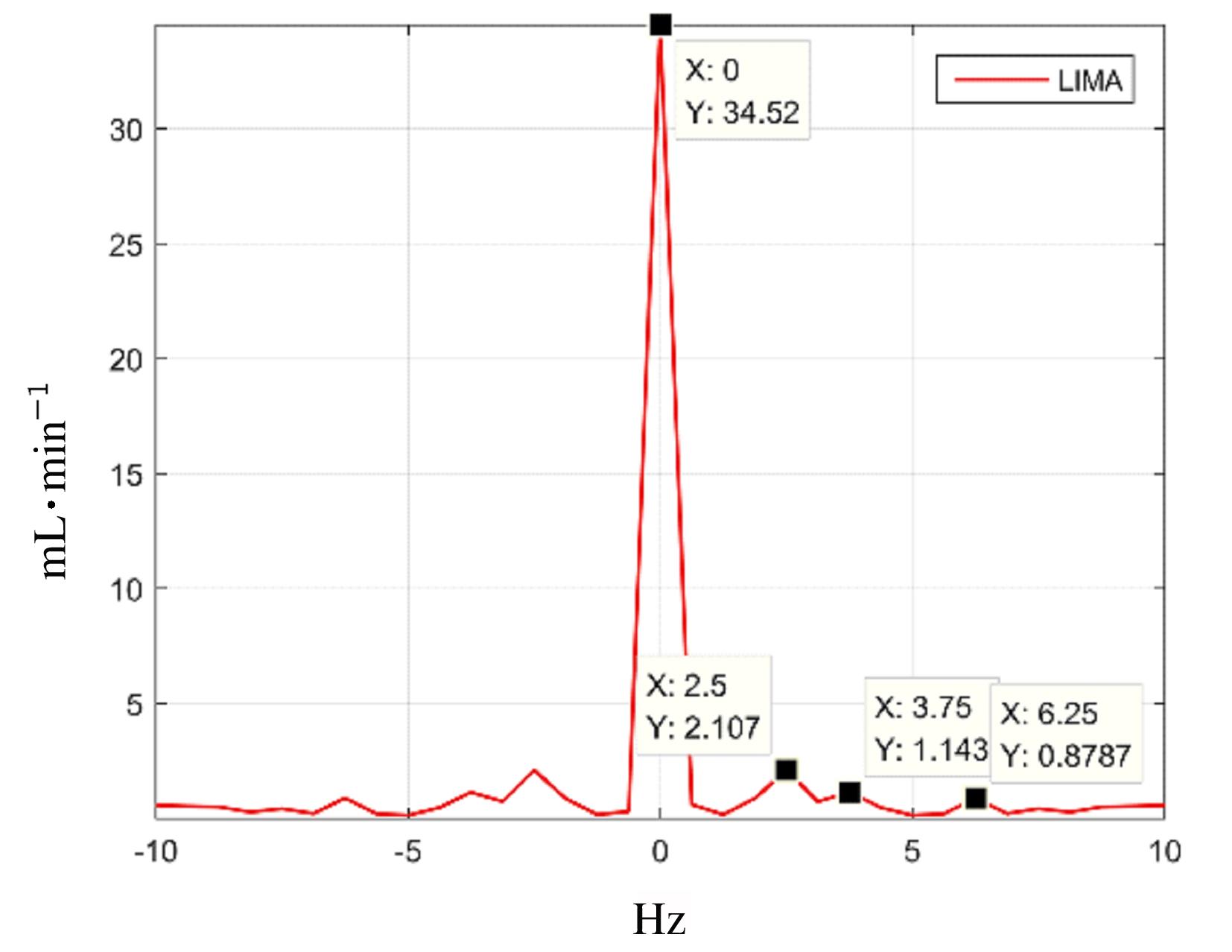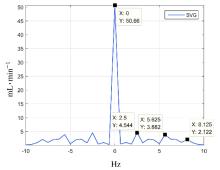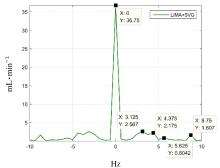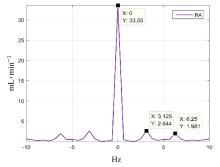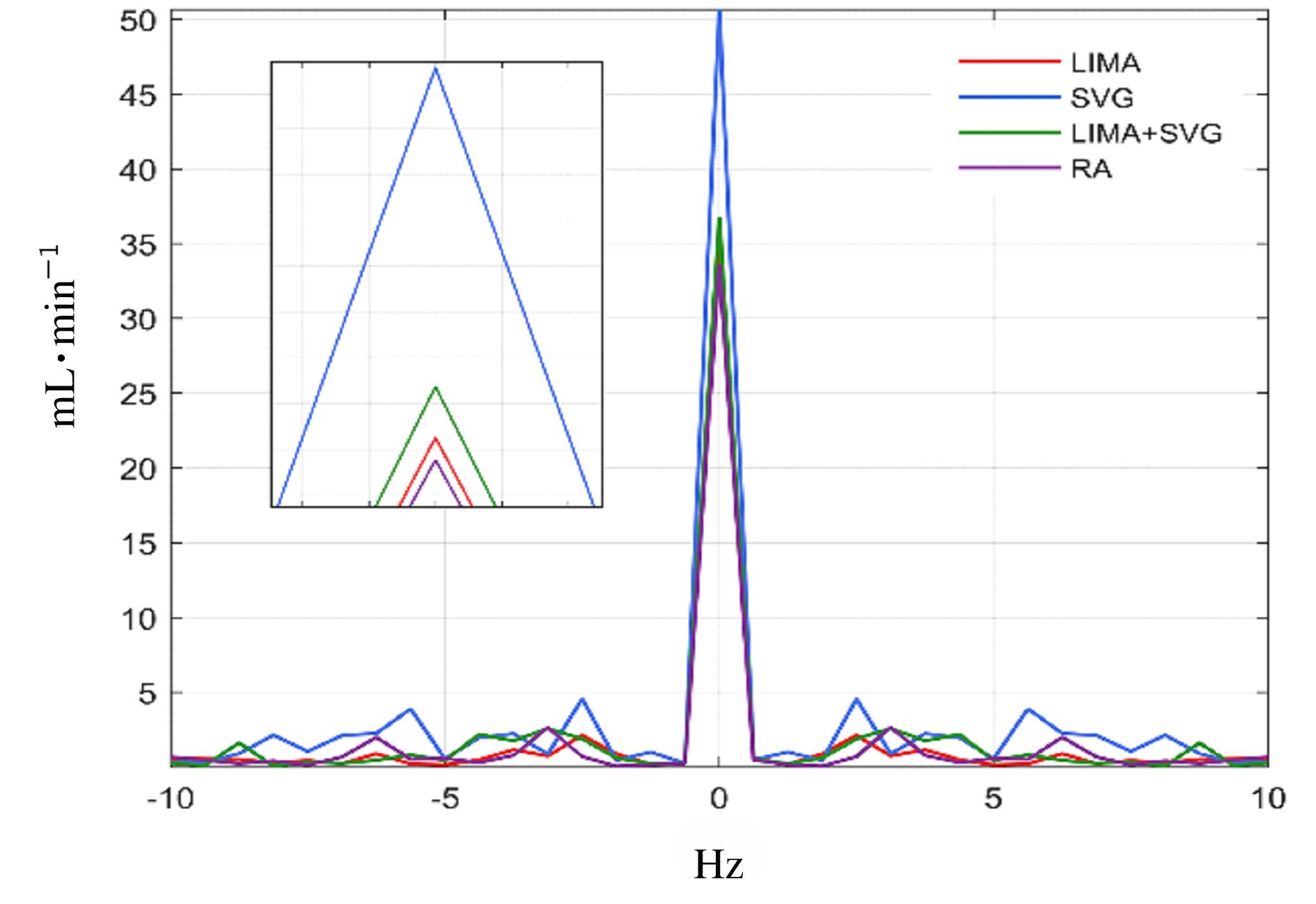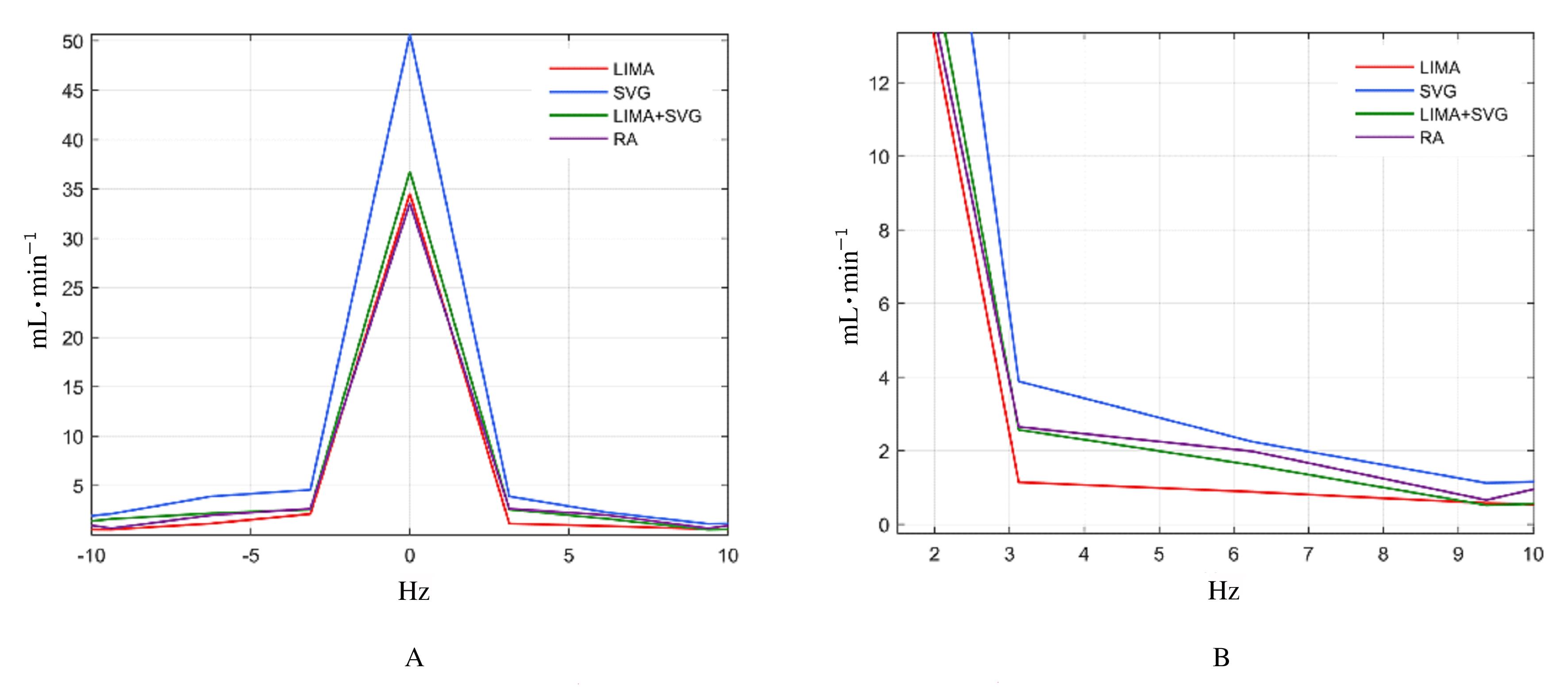| 1 |
THUIJS D J F M, KAPPETEIN A P, SERRUYS P W,et al. Percutaneous coronary intervention versus coronary artery bypass grafting in patients with three-vessel or left main coronary artery disease: 10-year follow-up of the multicentre randomised controlled SYNTAX trial[J]. Lancet, 2019, 394(10206):1325-1334.
|
| 2 |
NEUMANN F J, SOUSA-UVA M, AHLSSON A,et al.2018 ESC/EACTS Guidelines on myocardial revascularization[J]. Eur Heart J, 2019, 40(2): 87-165.
|
| 3 |
HESS C N, LOPES R D, GIBSON C M, et al. Saphenous vein graft failure after coronary artery bypass surgery[J]. Circulation, 2014, 130(17): 1445-1451.
|
| 4 |
SABIK J F, LYTLE B W, BLACKSTONE E H,et al. Comparison of saphenous vein and internal thoracic artery graft patency by coronary system[J]. Ann Thorac Surg, 2005, 79(2): 544-551;discussion544.
|
| 5 |
BUXTON B F, HAYWARD P A, RAMAN J, et al. Long-term results of the RAPCO trials[J]. Circulation, 2020, 142(14): 1330-1338.
|
| 6 |
ACHOUH P, ACAR C. Twenty-year fate of the radial artery graft[J]. Ann Cardiothorac Surg,2013,2(4): 481-484.
|
| 7 |
GIMBRONE M A, GARCÍA-CARDEÑA G. Endothelial cell dysfunction and the pathobiology of atherosclerosis[J]. Circ Res, 2016, 118(4): 620-636.
|
| 8 |
TSUKUI H, SHINKE M, PARK Y K, et al. Longer coronary anastomosis provides lower energy loss in coronary artery bypass grafting[J]. Heart Vessels, 2017, 32(1): 83-89.
|
| 9 |
MIGLIAVACCA F, DUBINI G. Computational modeling of vascular anastomoses[J]. Biomech Modeling Mechanobiol, 2005, 3(4): 235-250.
|
| 10 |
KIESER T M, TAGGART D P. The use of intraoperative graft assessment in guiding graft revision[J].Ann Cardiothorac Surg,2018,7(5):652-662.
|
| 11 |
TAKAMI Y, INA H. Relation of intraoperative flow measurement with postoperative quantitative angiographic assessment of coronary artery bypass grafting[J]. Ann Thorac Surg, 2001, 72(4):1270-1274.
|
| 12 |
李凤杰, 肖 锋, 李 岩, 等. 瞬时流量测定技术在冠状动脉旁路移植术中的应用及其相关因素分析[J]. 中国胸心血管外科临床杂志, 2006, 13(2): 77-81.
|
| 13 |
FITZGIBBON G M, KAFKA H P, LEACH A J,et al. Coronary bypass graft fate and patient outcome: Angiographic follow-up of 5 065 grafts related to survival and reoperation in 1 388 patients during 25 years[J]. J Am Coll Cardiol, 1996, 28(3): 616-626.
|
| 14 |
GOLDMAN S, ZADINA K, MORITZ T, et al. Long-term patency of saphenous vein and left internal mammary artery grafts after coronary artery bypass surgery: results from a Department of Veterans Affairs Cooperative Study[J].J Am Coll Cardiol,2004,44(11): 2149-2156.
|
| 15 |
GAUDINO M, ANTONIADES C, BENEDETTO U, et al. Mechanisms, consequences, and prevention of coronary graft failure[J]. Circulation, 2017, 136(18): 1749-1764.
|
| 16 |
ELSHAFAY A, BENDARY A H, VUONG H T,et al. Does no-touch technique better than conventional or intermediate saphenous vein harvest techniques for coronary artery bypass graft surgery: a systematic review and meta-analysis[J]. J Cardiovasc Transl Res, 2018, 11(6): 483-494.
|
| 17 |
DREIFALDT M, MANNION J D, GEIJER H, et al. The no-touch saphenous vein is an excellent alternative conduit to the radial artery 8 years after coronary artery bypass grafting: a randomized trial[J]. J Thorac Cardiovasc Surg, 2021, 161(2): 624-630.
|
| 18 |
张希涛, 高 杰, 刘 岩, 等. 腔镜获取大隐静脉在糖尿病患者心脏不停跳冠状动脉旁路移植术的应用[J]. 中华胸心血管外科杂志, 2016, 32(3): 159-161.
|
| 19 |
NORDGAARD H, SWILLENS A, NORDHAUG D, et al. Impact of competitive flow on wall shear stress in coronary surgery: computational fluid dynamics of a LIMA-LAD model[J]. Cardiovasc Res, 2010, 88(3): 512-519.
|
| 20 |
SONGUR M Ç, ÖZYALÇIN S, ÖZEN A, et al. Does really previous stenting affect graft patency following CABG? A 5-year follow-up: The effect of PCI on graft survival[J]. Heart Vessels, 2016, 31(4): 457-464.
|
| 21 |
DORNAS W C, OLIVEIRA T T, AUGUSTO L E, et al. Experimental atherosclerosis in rabbits[J]. Arq Bras Cardiol, 2010, 95(2): 272-278.
|
| 22 |
VERMA S, LOVREN F, PAN Y, et al. Pedicled no-touch saphenous vein graft harvest limits vascular smooth muscle cell activation: the PATENT saphenous vein graft study[J]. Eur J Cardiothorac Surg, 2014, 45(4): 717-725.
|
 )
)

